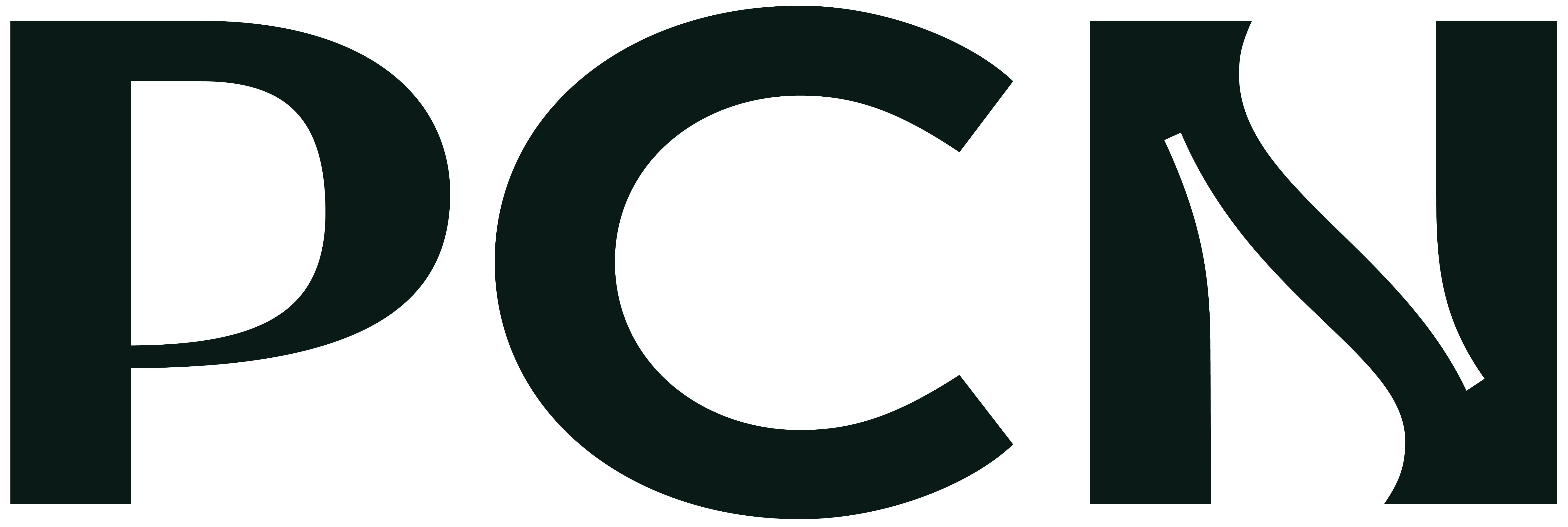A framework for setting and achieving career goals
Setting goals, particularly around the end of December can be a great way to reflect and think about what you would like to get out of your career in the new year. In this article, we’ll discuss a framework for data scientists to use to achieve their career goals.
Since data science is an interdisciplinary field, the types of goals you set will be quite varied. A good way to partition the different types of goals is into the following three buckets: Technical, Behavioral and Professional.
For technical goals, you may want to improve your understanding of certain techniques or programming languages. Behavioral goals may focus on your presentation and persuasion skills. Finally, professional goals could focus on achieving career milestones, such as a promotion or landing a new job.
Focus On What You Can Control
Regardless of the type of goal you set, it’s important that you set goals that are within your locus of control. Rather than setting an external goal, such as getting a promotion, instead set internal goals that are within your control. For example, coming in early and pitching in to help with tasks nobody else wants to do.
Below you can see some examples of external goals reframed into internal ones for each of the three buckets:
One of the advantages of setting internal goals is that in the event you don’t achieve your external goal (for reasons within or outside your control), you can still feel a sense of accomplishment for having completed the things that were inside your control.
Be SMART about the goals you set
Originating from management literature in the 1980s the SMART (Specific, Measurable, Attainable, Relevant and Time Based) framework for setting goals and objectives has seen ubiquitous use throughout business and self-development communities. This framework ensures that you’re setting goals that are within your reach, that you can track and measure over time.
When setting your SMART goals, you should consider the following questions:
- What do I want to accomplish?
- What is the pass/fail criteria?
- How will I measure my progress?
- Is this goal appropriate given my skill level and experience?
- Do I have the necessary time and resources to accomplish this?
- What’re my quitting criteria?
- By when would I like to accomplish this goal?
Keep Yourself Accountable
To ensure compliance with your goals, it can be useful to share your goals with a friend or a coach who can keep you on track. You might have a weekly check-in consisting of a phone call, or even a quick text message that summarizes your progress.
There is also a myriad of tools available for those who want to introduce a financial penalty for not hitting goals. For example, Beeminder, allows users to set goals that are either self-reported or linked to some external data source (such as RescueTime which tracks time spent online). So if you want to set a goal of publishing 2 data science articles a month, you could use Beeminder as a way to financially penalize yourself for not hitting that goal.
Another tool that you can use is Stickk, which is similar to Beeminder with the added feature that whenever you fail to meet your goal, you can choose to contribute to an anti-charity (i.e. If you’re a Liverpool soccer fan, your anti-charity might be The Manchester United Fan Club ).
As we enter 2021, I encourage you to think about setting at least one goal per category (technical, behavioral, and professional). When setting these goals make sure to set SMART internal goals, and have a way to keep yourself accountable, whether through social or financial penalties.
Source: Towards Data Science

